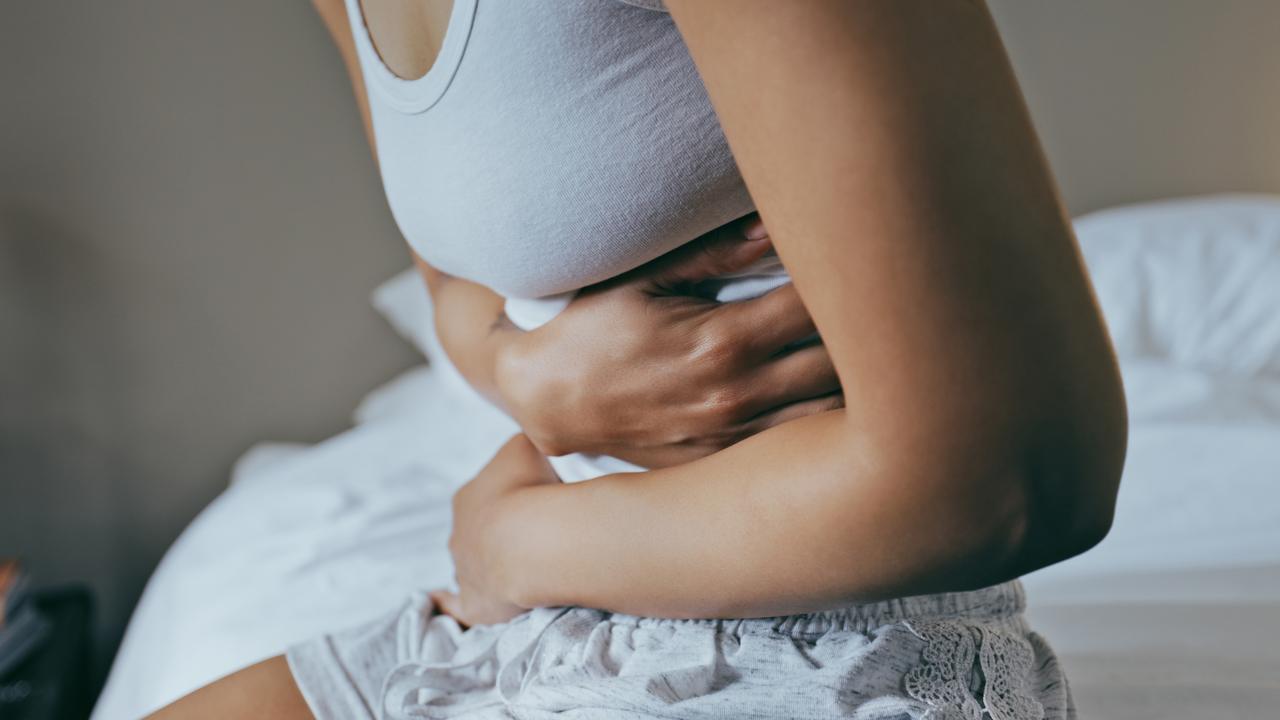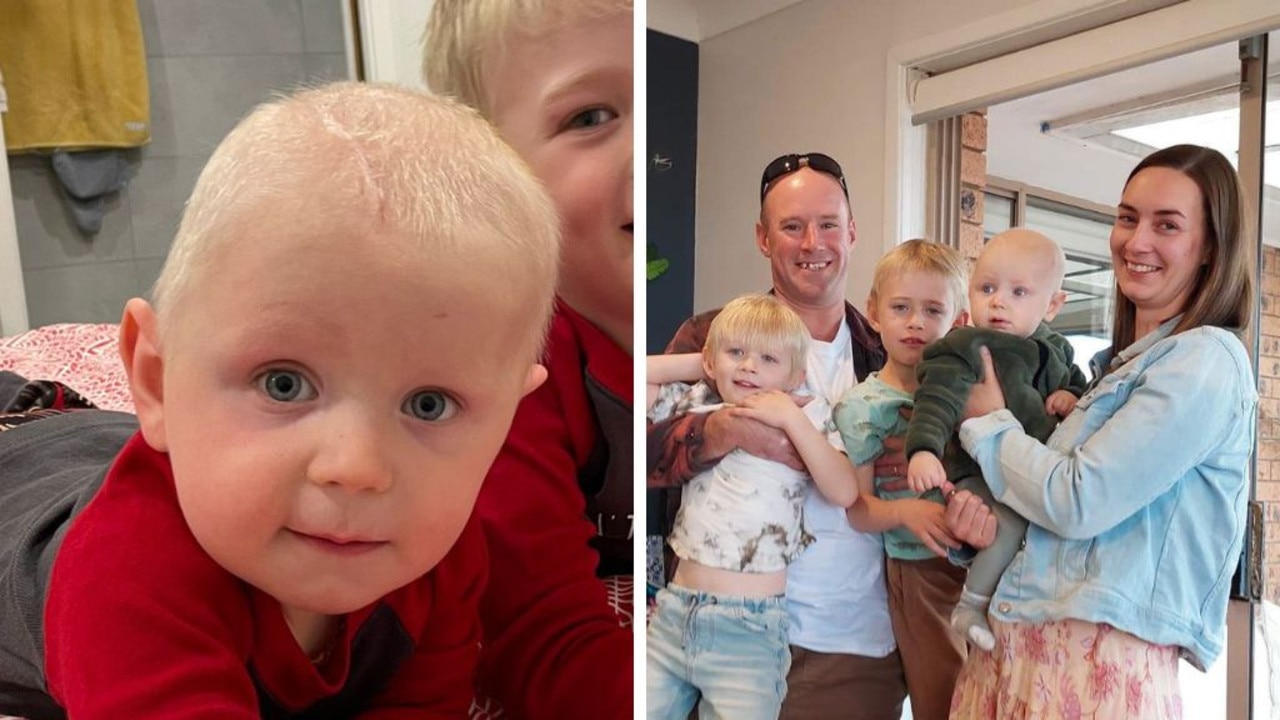Reason why Victoria’s Covid-19 cases keep rising
There are two failings that have meant Victoria’s cases have just kept rising and one tactic NSW employed that helped it level off far earlier.
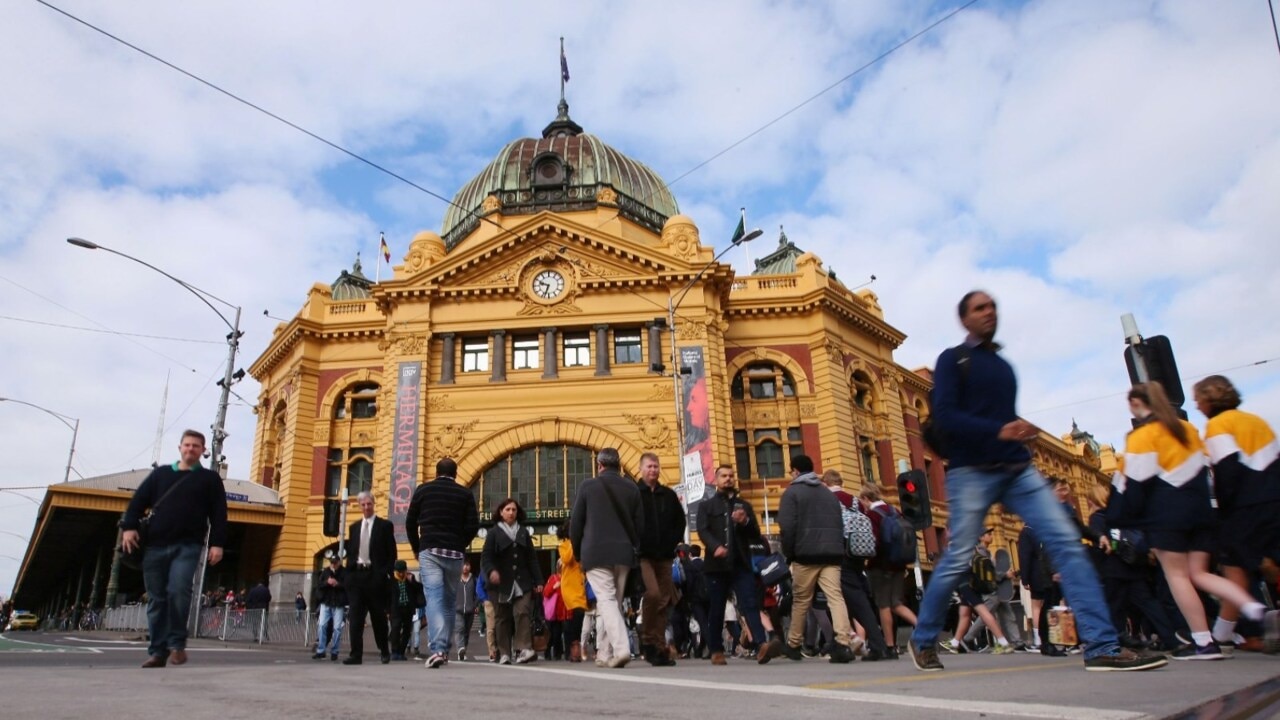
Illness
Don't miss out on the headlines from Illness. Followed categories will be added to My News.
After days of steady cases in Victoria there was real hope that, just maybe, the peak of the current wave had been reached – and in time for the state to start reopening.
And then came this morning’s crushing news that Victoria had broken the 2000 new cases barrier and recorded Australia’s highest ever daily infections.
Authorities are now scrambling to work out why cases in Victoria continue to rise, while in NSW new infections have plummeted by three-quarters.
A leading epidemiologist has told news.com.au that there were two key reasons why Victoria’s trajectory seemed to be so high and a major reason why NSW may have fared better.
Key, said infectious diseases physician at Australian National University Peter Collignon, was that lockdown rules in Victoria were “not nuanced enough”.
He added that while rising cases shouldn’t stop some easing of restrictions he wouldn’t recommend opening bars or gyms, as has been done in NSW, until the tide had turned.
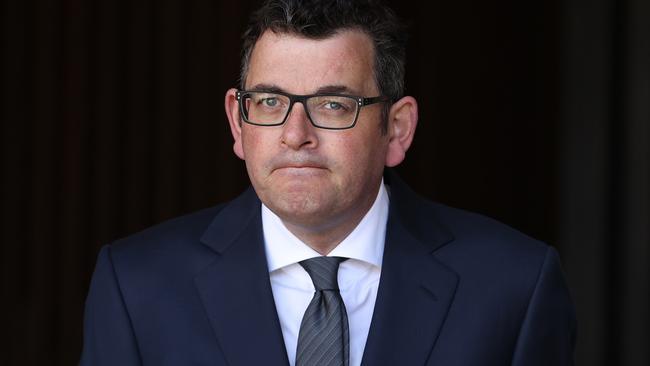
Victoria’s cases skyrocket past NSW’s peak
Victoria’s 2297 cases on Thursday was far above the previous high of 1965 on Saturday.
In contrast, cases in NSW peaked at 1603 on September 10 and are now at 441 today, slightly up on the 347 from Wednesday.
Victoria’s Covid-19 response co-ordinator Jeroen Weimar said Thursday was a “challenging day”.
“The coming days will tell us whether the numbers we see today are a one off or whether there’s more growth to come,” he said.
Health officials have said seven out of 10 cases were in those not vaccinated and half the infections were in people under 30.
Worryingly, the virus is now in 1425 new household which will likely mean cases rising further.
“We believe that we do have undetected transmission occurring in the community, which is just coming to the surface,” said Victoria’s acting chief data officer Ben Cowie.
But outbreak peak is in sight
ANU’s Prof Collignon told news.com.au that while it might have seemed like the peak had been reached, it was safer to make that call after seven days of consistent falls, not just a handful.
Nonetheless, he said cases should soon fall with Sydney’s numbers heading down around seven weeks into the outbreak.
“Melbourne’s numbers are bigger but I think it will turn around in a similar time, maybe a bit longer,” Prof Collignon said.
“I’d be surprised if we didn’t see falling numbers by early November. And that’s due to vaccination rates going up but also because of the seasons when you get less transmission in summer.”
That was echoed by epidemiologist Professor Adrian Esterman from the University of South Australia.
“The overall trend is that Victoria is approaching a peak,” he told news.com.au.
“Today’s high number could just be random fluctuation, or many other reasons including the fact that it’s exactly 14 days after the spike caused by Grand Final parties.”
On Monday, Prof Esterman had correctly predicted cases had not plateaued.
“I think there is still three to four weeks to go before we get to a peak,” he said.
“The Reff (reproductive number) is way to high at the moment and we need it much closer to 1.”
Two reasons why Victoria’s numbers so high
Premier Daniel Andrews had singled out AFL gatherings as potential super spreader events, alongside numerous other transgressions by Victorians.
Prof Collignon didn’t disagree.
“I think there’s two reasons that Melbourne is worse than Sydney.
“The vaccination rates are lower and also they’re not complying with the rules as well as Sydney did.”
Indeed, data analysis firm DSpark found on weekends during lockdown, mobility over 10kms in Sydney fell by 70 per cent but by only 40 per cent in Melbourne.
However, Prof Collignon said some of the blame for the rules being broken had to lie with the rules themselves.
“The restrictions haven’t been nuanced enough. You’ve got to have rules people are likely to comply with and not have rules people will ignore.
“We need restrictions but we need rules that are designed to give you the maximum benefit with the least amount of social and psychological damage.”
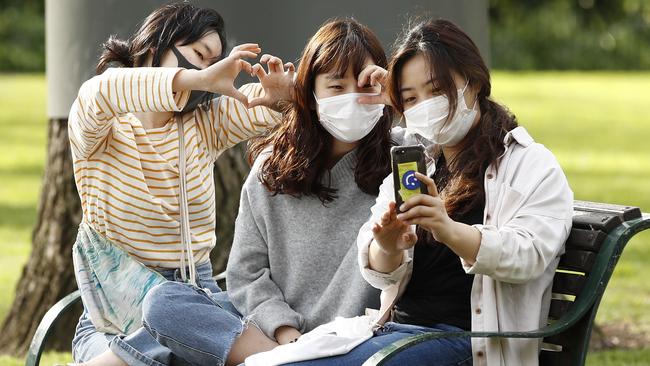
Lockdown fatigue likely kicked in long ago in the world’s most locked down city. Plus Melburnians have had to put up with more regulations than Sydneysiders.
Some of the more questionable Victorian decisions have been widespread curfews, the closure of playgrounds, a ban on alcohol at picnics and closing outdoor toilets.
Prof Collignon said restrictions in Victoria should focus more on limiting large numbers indoors rather than making it difficult for people to be outside where they’re far less likely to catch Covid.
Vaccination rates in Victoria are also lower.
The outbreak in Sydney saw its vaccination rate soar with 76.5 per cent of people over 16 in NSW now double vaxxed.
Victoria’s double jab rate is at 61.5 per cent. That puts it behind not just NSW and the ACT but also Tasmania where there has barely been a case for months.
The supply of Pfizer vaccines was limited for a time although Melbourne was awash with jabs now. And the government has said it is ahead of its own vaccination targets with 80 per cent due by November 3. Of course, higher numbers will mean less as vaccination rates grow.
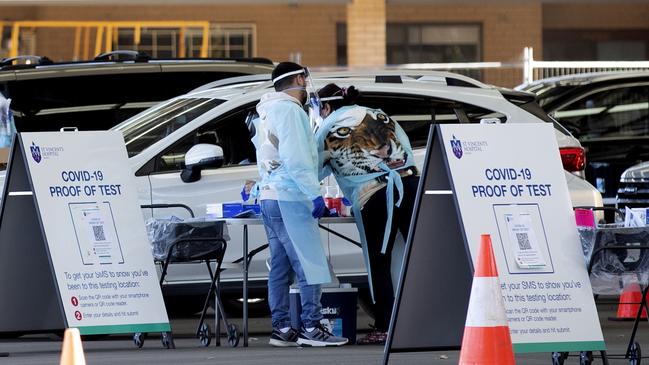
Tactic that worked well for NSW
“One of the reasons NSW probably did better was because in areas where they had more cases they went out of their way to get more vaccines in there, particularly for younger people who are most likely to transmit,” Prof Collignon said.
In the Sydney “LGAs of concerns”, testing was doubled down on and Pfizer for younger people flooded the suburbs.
Victoria’s outbreak remains heavily concentrated in the city’s outer western suburbs.
In areas like Truganina and Melton, home to the Al-Taqwa Islamic College and several major retail distribution centres, and Wollert and Craigieburn in the north west.
“You need much more effective campaigns in those areas, more than what’s been happening, with culturally sensitive information in appropriate languages and with influential people,” he said.
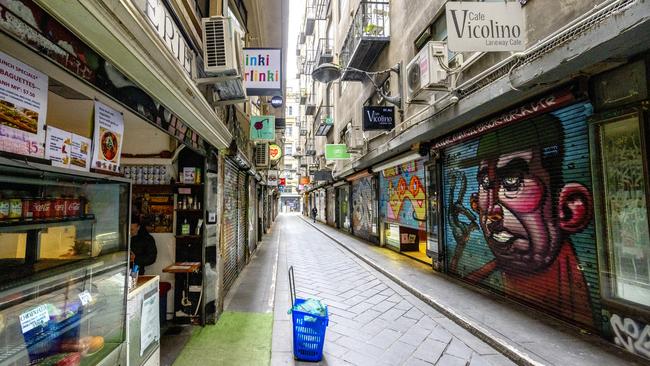
Changes to reopening plan
Acting chief health officer Ben Cowie said today the state’s reopening plan would now be reviewed although Mr Andrews has insisted the government ‘‘would deliver on the road map’’.
Prof Collignon’s advice is to allow more outdoor and smaller gatherings which are lower risk, then ease restrictions on schools and after that bars and gyms
“Outside is so much safer than inside – so let people do that.
“Even allowing limited people into homes, you’re not going to get a super spreader event because there’s just not enough people, particularly if the rules are you have to be vaccinated.
“There may be some increased transmissions but if people are immunised, the risk will be small compared to the huge benefit.
“We’ve had the biggest outbreaks in bars. And opening bars before schools always struck me as the wrong priority in society.
“But there’s a psychological and social price to pay, so we can’t say we’ll close them for the next five years. But you would say they’re the last things you would open.”
It’s been a depressing day for many. However, just in case some had doubts the spike would fall, Prof Collignon said he was certain it would.
“All these things go in waves, it goes up and comes down. Maybe not to zero but it comes down and levels off.
“That’s what happened in England and they have no restrictions at all.”
Originally published as Reason why Victoria’s Covid-19 cases keep rising




